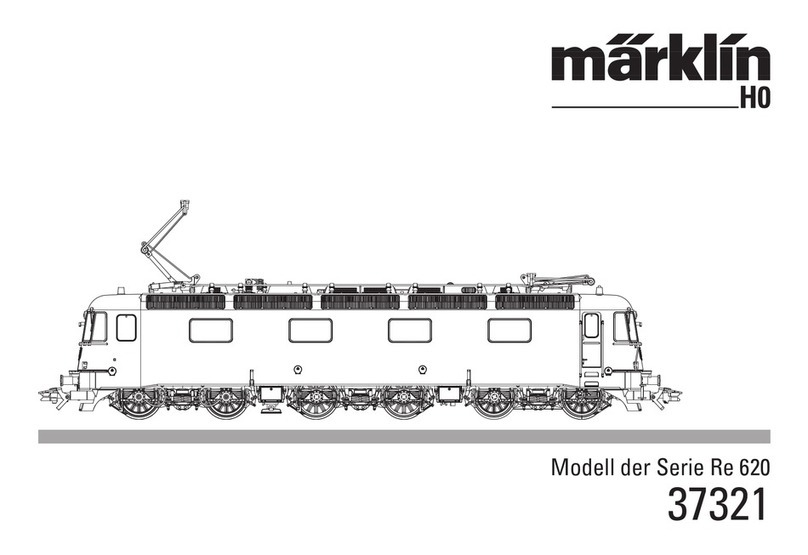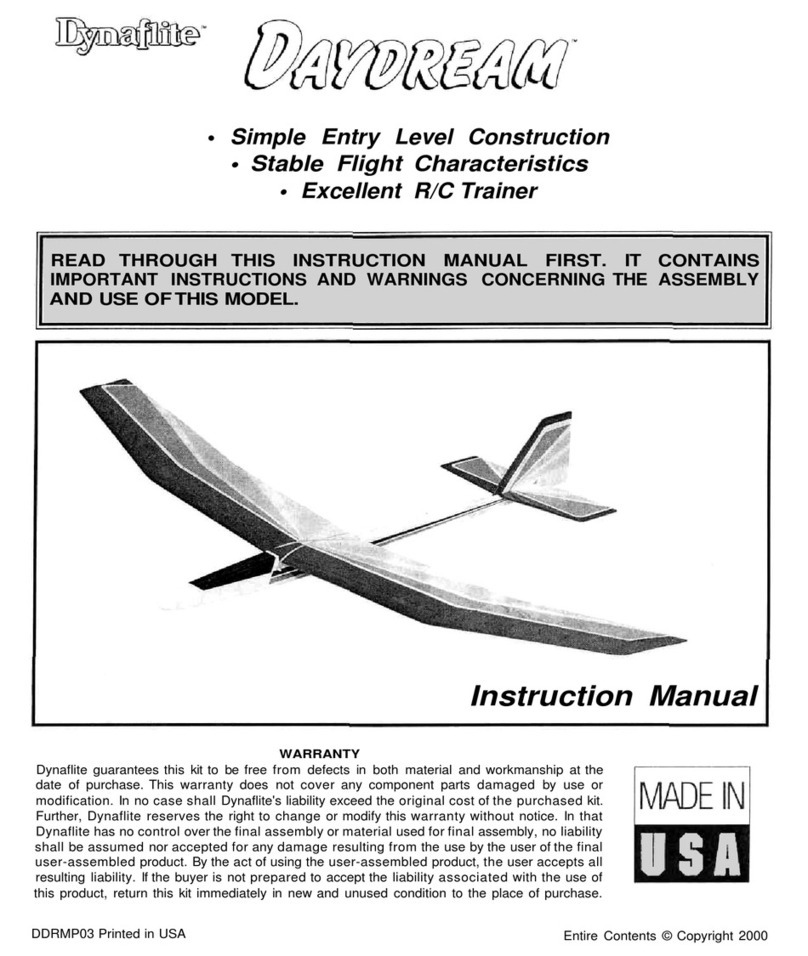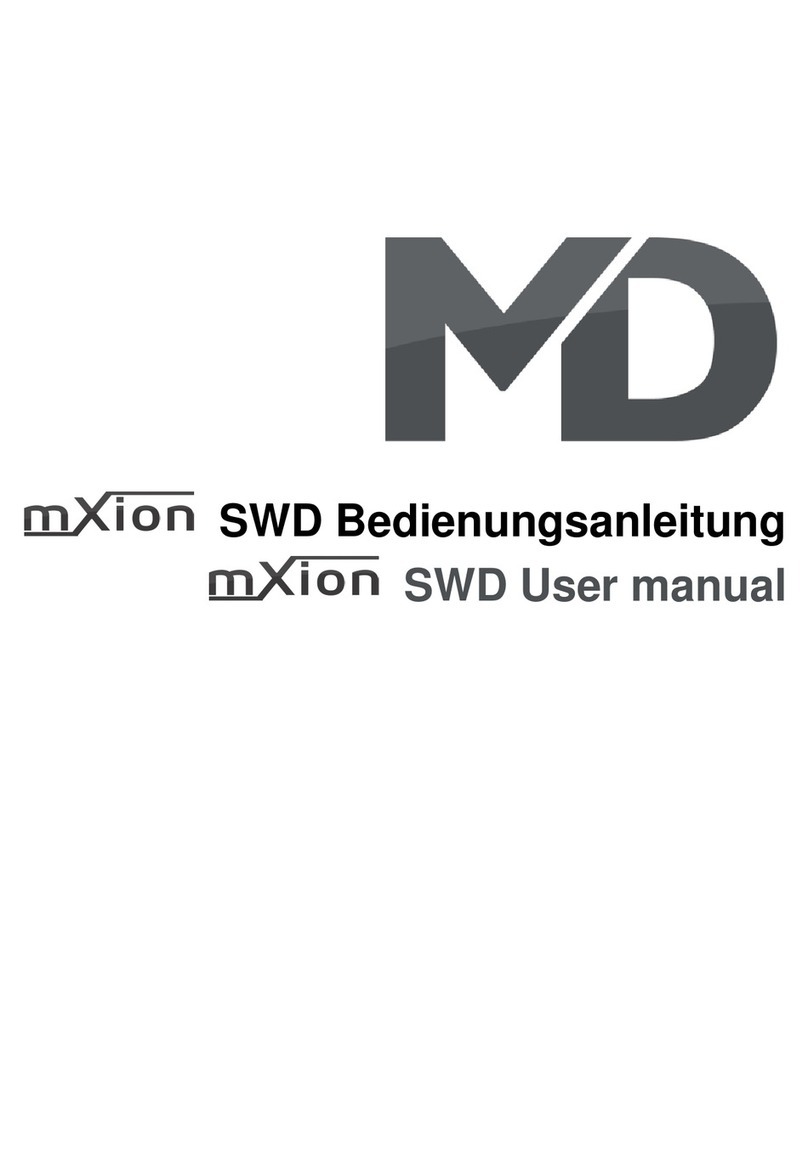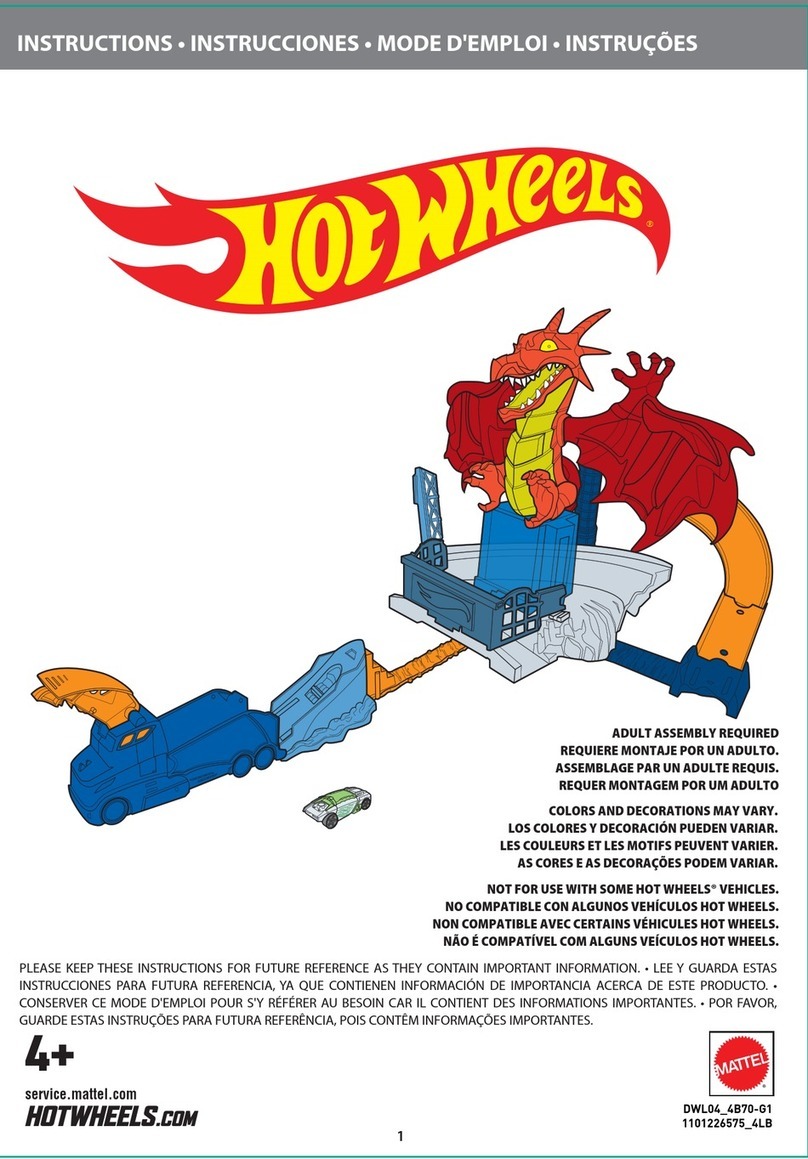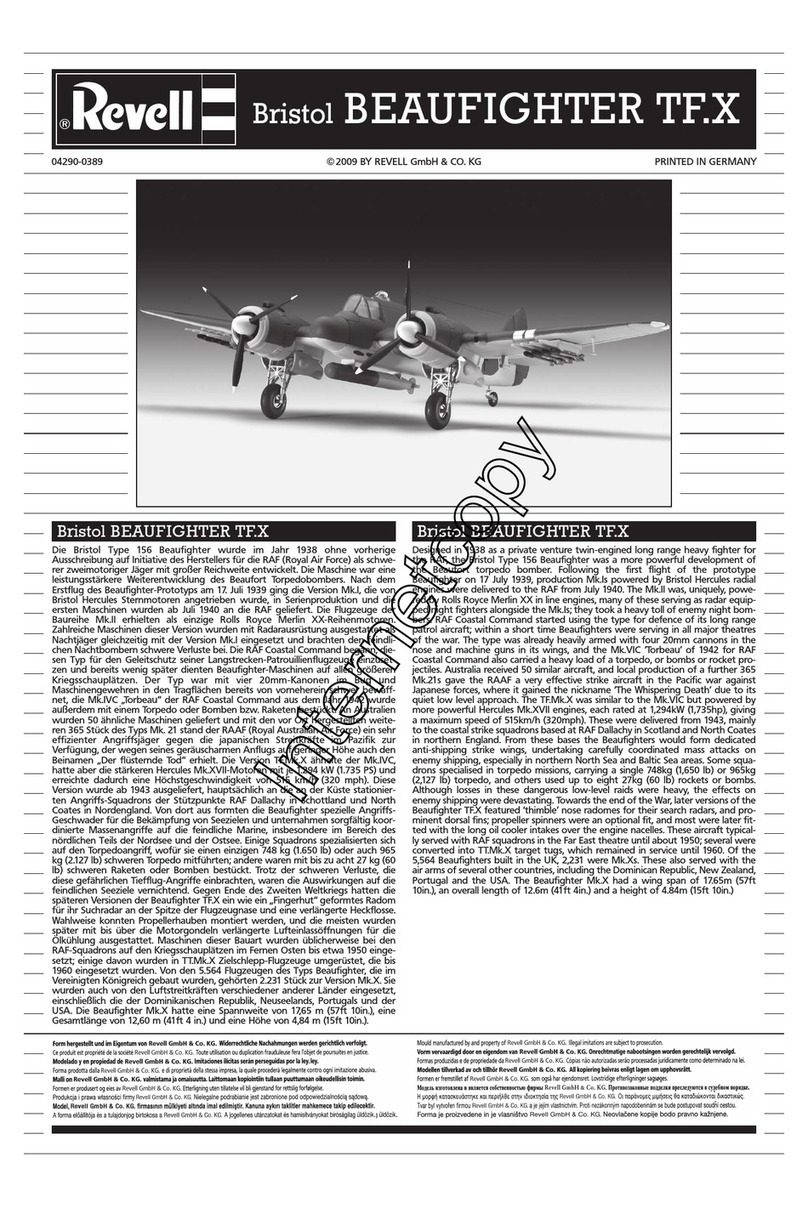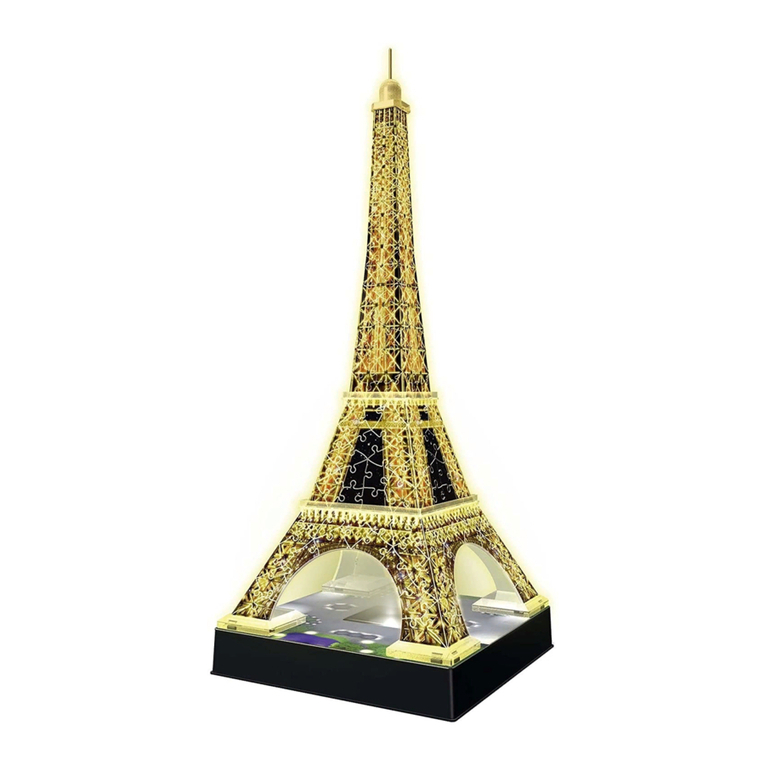5
© EPGL. Patrice Astier 1987
When President François Mitterrand came to power
in 1981, he launched an ambitious program to create
a series of modern architectural monuments in Paris
that would symbolize France’s role in art, politics, and
economy. The best known of these Grands Projets
(Grand Projects) would be the redesign and expansion
of the Louvre.
The committee in charge of overseeing the project
visited museums in Europe and the United States, and
were particularly impressed with the East Building of
the National Gallery of Art in Washington. Its architect,
I. M. Pei, was invited to Paris and asked to lead the
comprehensive renovation project.
The biggest challenge Pei faced was the lack of space.
The physical layout of the Louvre had remained the same
since 1874: two wings attached to the oldest museum
building, forming a rectangular structure around the
Cour Napoléon plaza.
Pei’s solution was to hollow out the central courtyard,
place the main entrance in its center and construct
a series of underground connections to the various
wings. Visitors would descend into a spacious lobby
and quickly access the main Louvre buildings. At
the same time he also proposed reorganizing and
redistributing the collection, as well as covering several
smaller courtyards to create more display space.
However, Pei’s proposal for a glass and steel pyramid to
cover the new entrance would cause great controversy.
To Pei, the shape not only provided the new lobby with
the best natural light, it was 'the most compatible with
the architecture of the Louvre'. Many disagreed, with
one opponent describing the proposed pyramid as a
'gigantic, ruinous gadget'.
The criticism eased somewhat after Pei placed a full-
sized model of the pyramid in the courtyard. The new
entrance, with its famous pyramid, was inaugurated in
March 1989 and became an instant architectural icon for
the whole of the newly renovated Louvre Museum.
When New Met Old
Renovation
























